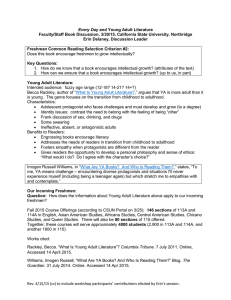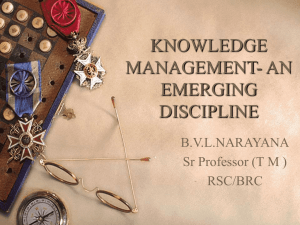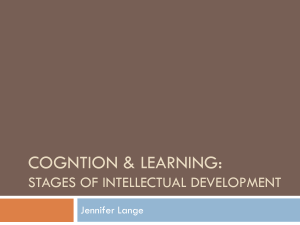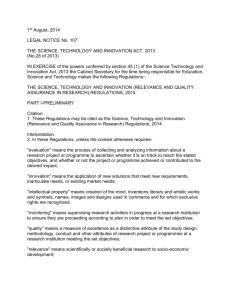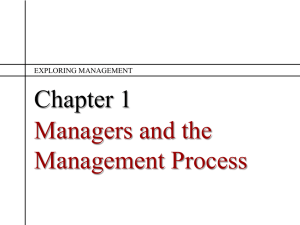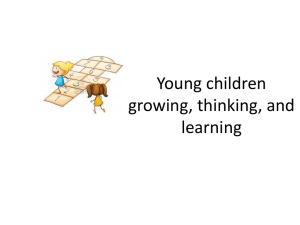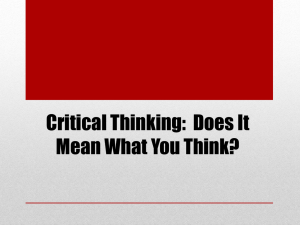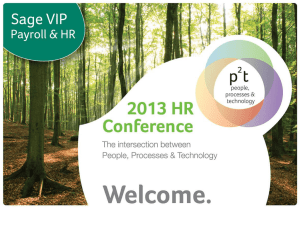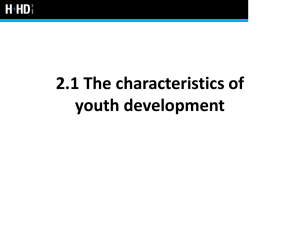Legal, ethical, and professional Issues in information Security
advertisement
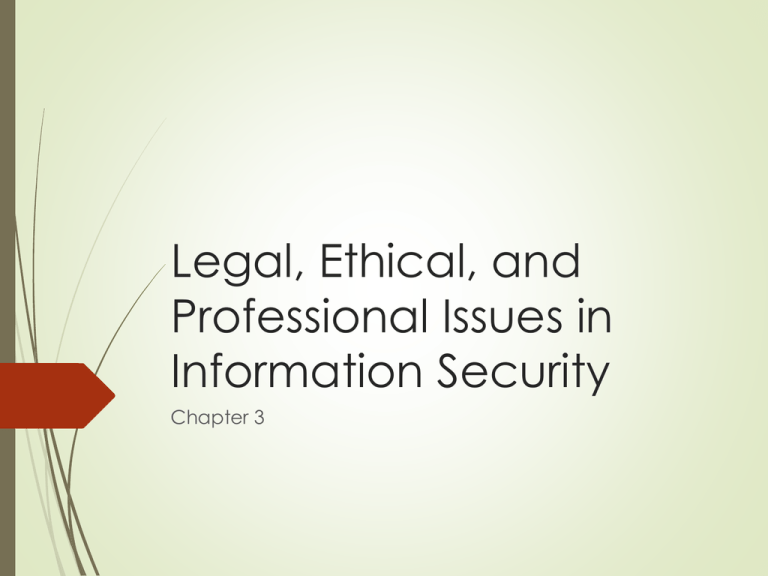
Legal, Ethical, and Professional Issues in Information Security Chapter 3 Law and Ethics in Information Security Laws Rules that mandate or prohibit certain behavior Drawn from ethics Ethics Define socially acceptable behaviors Key difference Laws carry the authority of a governing body Ethics do not carry the authority of a governing body Based on cultural mores Fixed moral attitudes or customs Some ethics standards are universal Organizational Liability and the Need for Counsel Liability Legal obligation of organization Extends beyond criminal or contract law Include legal obligation to restitution Employee acting with or without the authorization performs and illegal or unethical act that causes some degree of harm Employer can be held financially liable Due care Organization makes sure that every employee knows what is acceptable or unacceptable Knows the consequences of illegal or unethical actions Organizational Liability and the Need for Counsel Due diligence Requires Make a valid effort to protect others Maintains the effort Jurisdiction Court’s right to hear a case if a wrong is committed Term – long arm Extends across the country or around the world Policy Versus law Policies Guidelines that describe acceptable and unacceptable employee behaviors Functions as organizational laws Has penalties, judicial practices, and sanctions Difference between policy and law Ignorance of policy is acceptable Ignorance of law is unacceptable Keys for a policy to be enforceable Dissemination Review Comprehension Compliance Uniform enforcement Types of Law Civil – govern a nation or state Criminal – addresses activities and conduct harmful to public Private – encompasses family, commercial, labor, and regulates the relationship between individuals and organizations Public – regulates the structure and administration of government agencies and their relationships with citizens, employees, and other governments International Laws and Legal Bodies Organizations do business on the Internet – they do business globally Professionals must be sensitive to the laws and ethical values of many different cultures, societies, and countries Few international laws relating to privacy and informational security International laws are limited in their enforceablity Council of Europe Convention on Cybercrime International task force Designed to oversee range of security functions Designed to standardized technology laws across international borders Attempts to improve the effectiveness of international investigations into breaches of technology law Concern raised by those concerned with freedom of speech and civil liberties Overall goal Simplify the acquisition of information for law enforcement agencies in certain types of international crimes Agreement on Trade-Related Aspects of Intellectual Property Rights Created by the World Trade Organization Introduced intellectual property rules into the multilateral trade system First significant international effort to protect intellectual property rights Agreement on Trade-Related Aspects of Intellectual Property Rights Covers five issues How basic principles of the trading system and other international intellectual property agreements should be applied How to give adequate protection to intellectual property rights How countries should enforce those rights adequately in their own territories How to settle disputes on intellectual property between members of the WTO Special transitional arrangements during the period when the new system is being introuced Digital Millennium Copyright Act American contribution to WTO Plan to reduce the impact of copyright, trademark, and privacy infringement United Kingdom has implemented a version Database Right DMCA Provisions Prohibits the circumvention protections and countermeasures implemented by copyright owners to control access to protected content Prohibits the manufacture of devices to circumvent protections and countermeasures that control access to protected content Bans trafficking in devices manufactured to circumvent protections and countermeasures that control access to protected content Prohibits the altering of information attached or imbedded into copyrighted material Excludes Internet service providers from certain forms of contributory copyright infringement Major IT Professional Organizations Association of Computing Machinery “World’s first educational and scientific computing society” Strongly promotes education Provides discounts for student members International Information Systems Security Certification Consortium, Inc. (ISC)2 Nonprofit organization Focuses on the development and implementation of information security certifications and credentials Manages a body of knowledge on information security Administers and evaluated examinations for information security certifications Major IT Professional Organizations Information Systems Audit and Control Association Focuses on auditing, control, and security Membership includes technical and managerial professionals Does not focus exclusively on information security Has many information security components Information Systems Security Associations (ISSA) Nonprofit society of information security professionals Mission – bring together qualified information security practioners Information exchange Education development Focus – “promoting management practices that will ensure the confidentiality, integrity, and availability of organizational information resources” Major IT Professional Organizations Systems Administration, Networking, and Security Institute (SANS) Professional research and education cooperative Current membership > 156,000 Security professionals Auditors System administrators Network administrators Offers set of certifications Federal Agencies Department of Homeland Security Five directorates or divisions Mission – protecting the people as well as the physical and informational assets of the United States Directorate of Information and Infrastructure Creates and enhances resources used to discover and responds to attacks on national information systems and critical infrastructure Directorate of Science and Technology Research and development activities in support of homeland defense Examination of vulnerabilities Sponsors emerging best practices Federal Agencies National InfraGard Program Each FBI office establishes a chapter Collaborates with public and private organizations and academia Serves members in 4 ways Maintains an intrusion alert network using encrypted e-mail Maintains a secure Web site for communication about suspicious activity or intrusions Sponsors local chapter activities Operates a help desk for questions Contribution – free exchange of information to and from the private sector in the areas of threats and attacks on information resources Federal Agencies National Security Agency (NSA) “the nation’s cryptologic organization. It coordinates, directs, and performs highly specialized activities to protect U.S. information systems and produce foreign intelligence information… It is also one of the most important centers of foreign language analysis and research within the Government.” U. S. Secret Service Located in Department of the Treasury Charged with the detection and arrest of any person committing a United States federal offense relating to computer fraud and false identification crimes.
